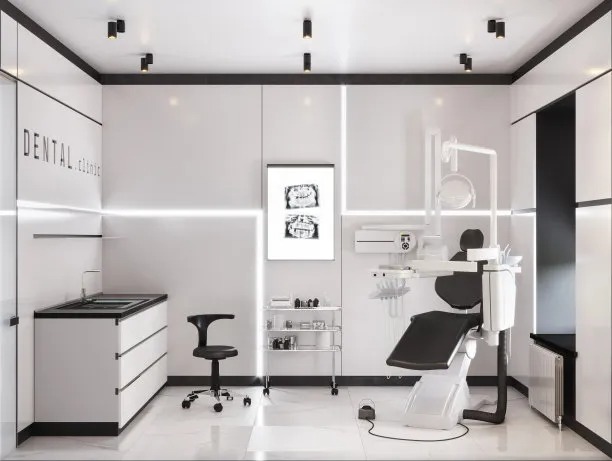The Essential Guide to Extract a Tooth Safely and Comfortably for Optimal Oral Health
Summary: Extracting a tooth can seem daunting, but with the right knowledge and guidance, it can be done safely and comfortably. This essential guide provides comprehensive information on the tooth extraction process, preparing both the patient and the dental professional for a successful outcome. We will explore the importance of proper assessment, the techniques employed, the aftercare needed for optimal healing, and tips for managing discomfort. By following these guidelines, individuals can ensure a smoother tooth extraction experience and maintain optimal oral health.
1. Importance of Proper Assessment Before Extraction

The first step in the tooth extraction process is a thorough assessment by a dental professional. This evaluation includes a complete dental history, assessment of the tooths condition, and potential underlying issues. Understanding these factors helps in determining whether extraction is necessary or if alternative treatments may be more appropriate.
X-rays are typically taken to provide a clear view of the tooths roots and surrounding bone structure, which aids in planning the extraction. This imaging allows the dentist to identify any complications such as impacted teeth or bone density issues that could influence the procedures complexity.
Moreover, the dentist will assess the patients overall health and any existing medical conditions that could affect the extraction. This ensures a tailored approach that minimizes risks and enhances comfort during the procedure.
2. Techniques for Safe and Comfortable Extractions
Once the assessment is complete and extraction is deemed necessary, the next step involves choosing the appropriate method for the procedure. There are two primary techniques: simple and surgical extraction. A simple extraction is often performed when the tooth is visible above the gum line and can be removed without surgical intervention.
Surgical extraction, on the other hand, may be required for teeth that are not easily accessible, such as impacted wisdom teeth. This technique involves making an incision in the gum tissue to access the tooth, which can lead to a more complicated procedure. Professionals employ local anesthetics or sedation options to ensure patient comfort during the extraction.
Proper technique is key to minimizing discomfort and complications. Dentists often use specialized instruments to ensure a clean extraction, helping reduce trauma to surrounding tissues and facilitating a quicker recovery.
3. Aftercare Tips for Optimal Healing
After the extraction, following proper aftercare guidelines is crucial for promoting healing and minimizing complications. Patients are usually advised to rest for the first 24 hours post-extraction. It is essential to avoid strenuous activities that could disrupt the clot formation at the extraction site.
Additionally, managing pain and swelling is a priority. Dentists often recommend over-the-counter pain relievers or prescribe medications if necessary. Applying ice packs to the exterior of the cheek can help reduce swelling, making the recovery process more comfortable.
Diet plays a significant role during the healing period. Soft, cool foods are encouraged in the first few days post-extraction to prevent irritation. Hydration is also essential, although sucking actions (like using straws) should be avoided to prevent dislodging blood clots that facilitate healing.
4. Strategies to Manage Discomfort Effectively
Discomfort during recovery is common, but there are effective strategies to manage it. Beyond medications, practicing good oral hygiene is crucial. Rinsing gently with warm salt water can help keep the extraction site clean and promote healing, but it’s important to avoid vigorous rinsing within the first 24 hours to prevent disruptions in the healing process.
Additionally, understanding the signs of complications, such as excessive bleeding or persistent pain, is vital. Patients should promptly contact their dentist if they experience any unusual symptoms, allowing for swift intervention if necessary.
Finally, patients are encouraged to communicate openly with their dental care providers. Discussing any concerns regarding discomfort or anxiety before the procedure can lead to tailored strategies that enhance comfort and confidence during recovery.
Summary:
This guide highlights the critical steps involved in safely and comfortably extracting a tooth, from the importance of proper assessment and technique selection to essential aftercare tips and discomfort management strategies. By understanding these elements, patients can significantly improve their extraction experience, leading to optimal oral health outcomes.
This article is compiled by Vickong Dental and the content is for reference only.



